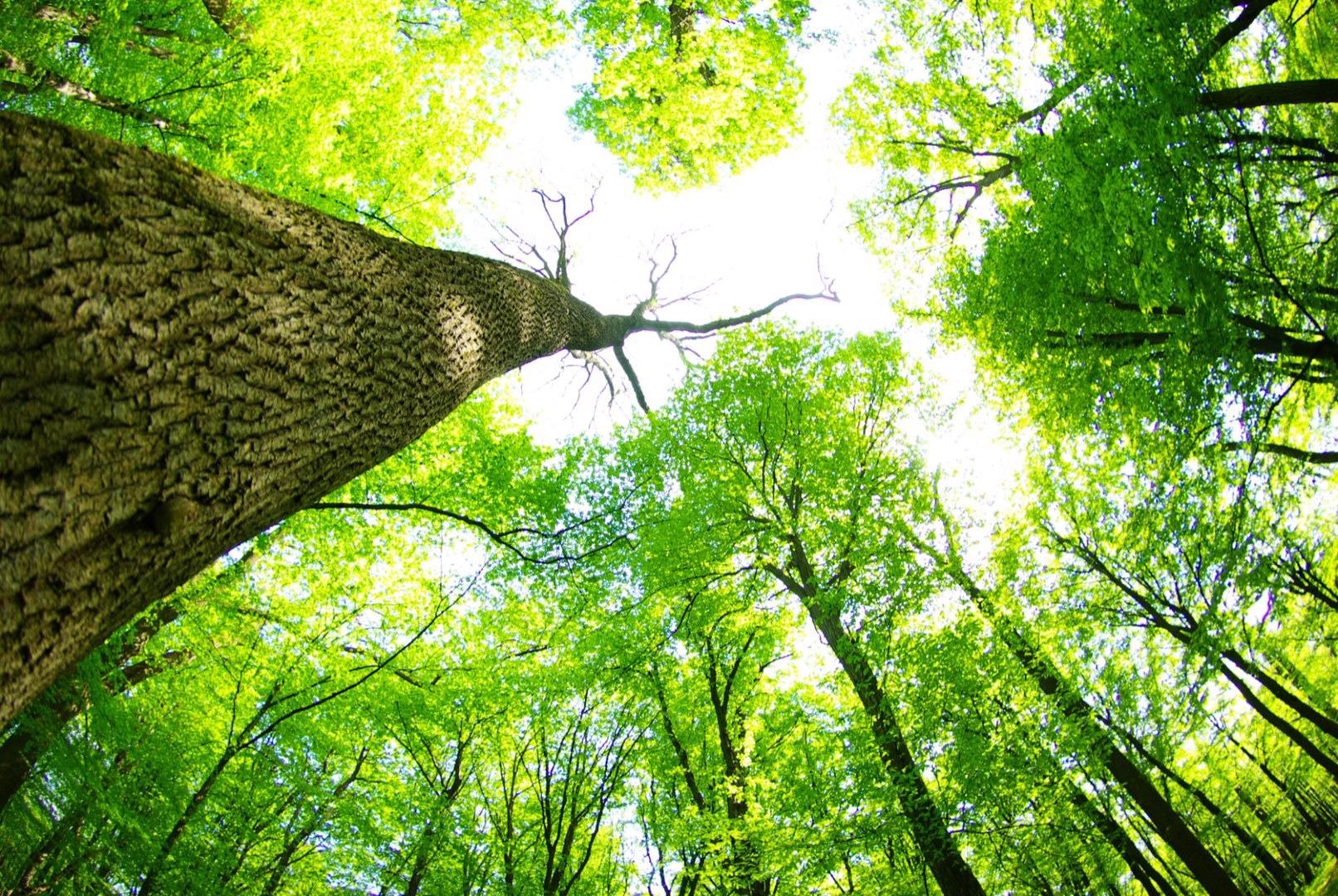An increasing number of research publications describe the use of Artificial Intelligence (AI) for the Sustainable Development Goals, but very few studies discuss the usually hidden environmental costs of AI.
 Symbol photo — An artwork at COP26 is installed to remind people of what nature is doing and that AI is getting in the way of this. Image Credit: © COLOURBOX.de.
Symbol photo — An artwork at COP26 is installed to remind people of what nature is doing and that AI is getting in the way of this. Image Credit: © COLOURBOX.de.
The Sustainable AI Lab at the University of Bonn (Germany) deals with this topic and uses a unique piece of artwork at COP26 to remind people of what nature does and how AI is impeding this. Prof. Aimee van Wynsberghe, the head of the Lab, will present a speech at the conference on November 10th at 11:00.
AI and Environmental Injustice
AI can be a significant tool for sustainable development to reduce energy usage in large factories or to forecast natural disasters beforehand. Yet, these applications can also have a drawback. For instance, tuning and training AI models result in carbon emissions that impact the environment.
The Sustainable AI Lab team is honored by the invite from the United Nations to attend COP26 (Conference of the Parties) in Glasgow. This gives the team an opportunity to increase the awareness of the environmental injustice problems associated with AI, not just the effects of making and using AI on climate change but also who will bear the associated costs.
For this purpose, the researchers are very excited to collaborate with artist Roosmarijn Pallandt to offer a new point of view on the desperately needed discussion about the development of AI and the effect this has on nature and climate change.
The Artwork “Lights Sounds Air”
Every night, once the delegations leave, the whole conference space will be immersed in a sound composition made using the vibrations of plants and trees as they absorb CO2 out of the atmosphere, converting light into oxygen.
This art installation was made by recording the sounds of plants and trees in the United Kingdom through the most advanced microphones, enabling humans to hear the sounds of nature repairing itself, which is otherwise impossible to hear.
With the artwork we are making it possible to hear and feel the restorative power of nature that is normally hidden from us. We believe that it is easier to ignore what we are not aware of and so far that’s what makes it possible to ignore the effects of AI on nature.
Aimee van Wynsberghe, Professor, University of Bonn
“We can no longer do this; the effects of climate change have gone too far and we shouldn’t see AI as the solution to all our problems. The artwork brings us closer to nature and makes us think about how AI is constraining nature’s ability to heal itself,” added Prof. van Wynsberghe.
The artwork regenerates the whole conference space at night and refers to the collective power of imagination and the chances of re-evaluating humans’ place in the universe.
This is an amazing example of what the Bonn Sustainable AI Lab, and collaborative partners, have to offer. The creativity of artists helps us to explore new research fields and to think outside our regular patterns.
Aimee van Wynsberghe, Professor, University of Bonn